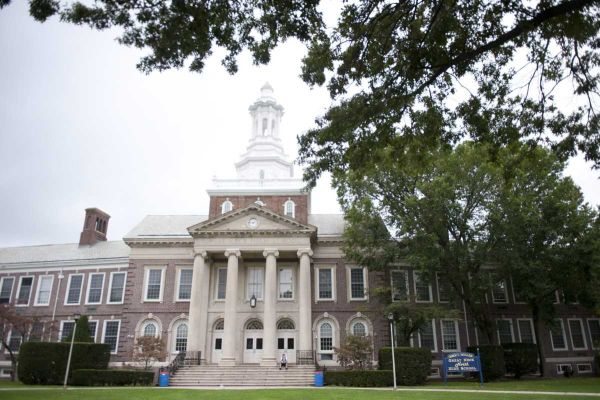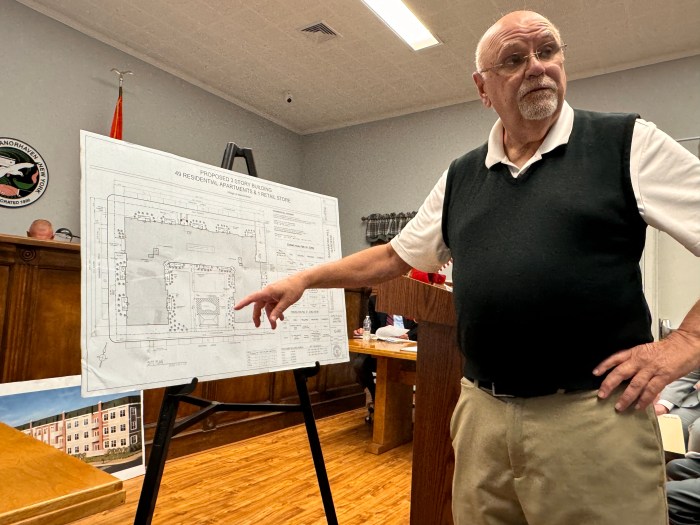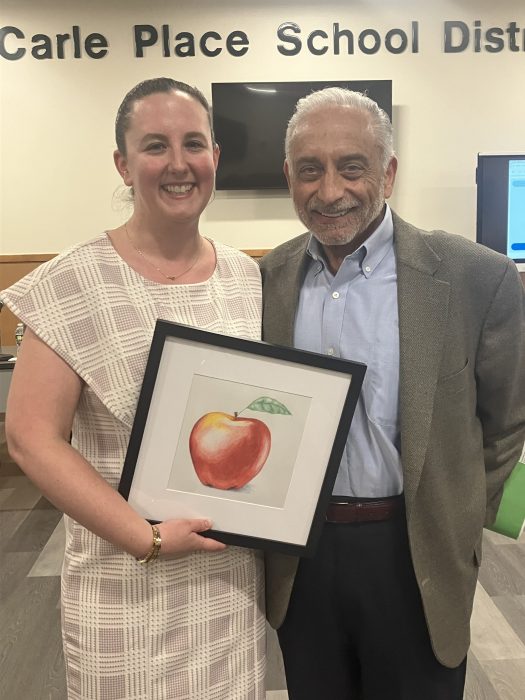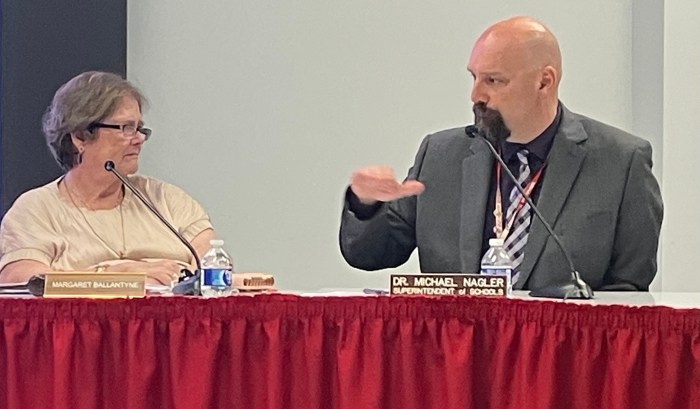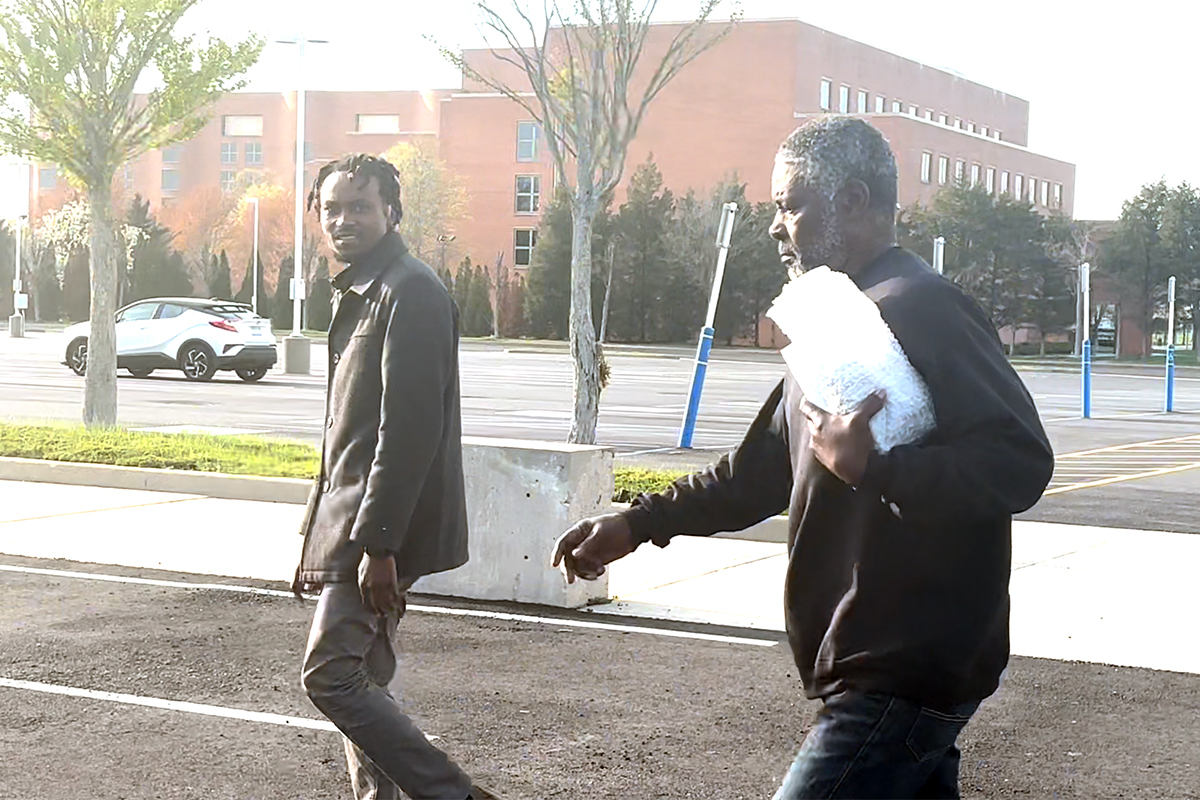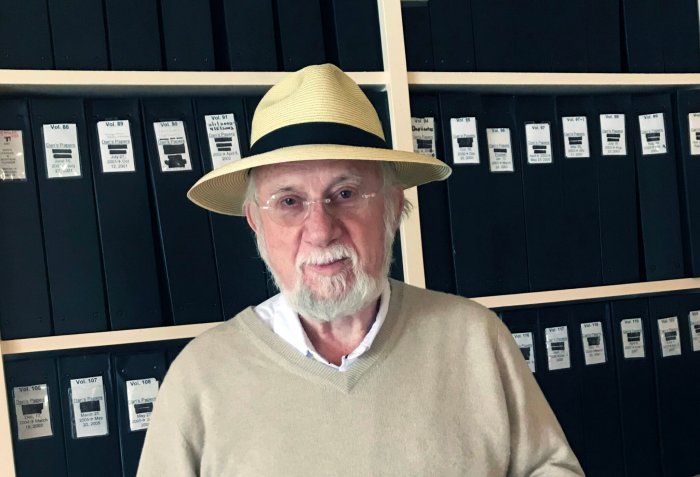Great Neck Superintendent Kenneth Bossert said the school district is assessing the New York State Education Department’s Regionalization plan, which would facilitate collaboration among school districts, to weigh the potential benefits and concerns of the initiative. But he refrained from expressing full support or complete opposition.
Bossert said at the Board of Education meeting Wednesday night, however, that he would oppose any proposal that would threaten the school district’s standing.
“No one wants to see tax dollars paid by Great Neck residents leaving Great Neck, and I assure that the administration and board feel the same way, and no one wants to see authorities outside of our district dictating directions our district takes,” Bossert said.
Multiple residents expressed concerns about the initiative taking away the district’s local control, with some telling the board they want them to oppose the plan on behalf of the residents.
Regionalization has been a hot-button issue in Nassau County, with some school leaders and elected officials denouncing it based on fears of diminishing local control. Bossert attempted to ease those fears Wednesday night by clarifying that nothing in the regulation can supersede the Board of Education’s legally designated powers.
Regionalization is a state education initiative to bolster educational equity and operational efficiency across school districts. The purpose is to address disparities among districts and financial challenges.
The program was proposed as an emergency regulation in September and is slated to be adopted in January.
Bossert described the program more as a collaboration – a name he would have suggested that the program be called as regionalization has some negative misconceptions.
“I think that the state is looking to make an initiative that helps to close the gap between districts with tremendous resource and districts who struggle to provide some diverse opportunity,” Bossert said. “Now how they go about that, I think, is the real key.”
He said Regionalization is a method to facilitate conversation and collaboration with Nassau County BOCES, and the district would have the opportunity to opt in or out of services and programs.
Updates were made to the initiative’s language Nov. 6, which requires all school districts to participate in local Regionalization conversations but districts only have to participate in activities they have agreed upon.
Bossert said that the school district supports collaboration but also flexibility, local choice and control.
“I came here to join this team because of the excellence of what we provide to our students each day,” Bossert said. “And it is my job – and I take it very seriously – to maintain and improve upon that excellence, and I will advocate very strongly against anything that is a threat to our students and the excellence of our school.”
Bossert said regionalized approaches to education have already been implemented for decades—and many are positive. This includes shared services through the Board of Cooperative Education Services, which provides vocational training and professional development opportunities for multiple districts.
Bossert said he perceives the Regionalization plan proposed as a method to expand these district collaborations.
One example of regionalization that currently exists is the Great Neck Public School’s Village School, its alternative high school program. The program accommodates 50 students, but Bossert said the Great Neck district does not fill all of those seats.
Instead of leaving them empty, Bossert said those seats are offered to students from other surrounding school districts who meet the requirements for the alternative program. These students’ home school districts then pay tuition to the Great Neck Public Schools.
All districts must complete a Strengths & Needs Tool assessment by Dec. 6. Bossert said an interest expressed by the Great Neck Public Schools in this assessment is a call for transportation assistance by BOCES.
Trustee Rebecca Sassouni asked Bossert whether there were any benefits for the Great Neck community through Regionalization. He said he “hesitantly” believed some collaborative programs – like transportation – could diminish costs for the district, but he was still skeptical of the initiative’s ability to succeed.
Trustee Steve Chen said that he is not interested in redistributing the district’s wealth, assets or resources as well as forced participation, but supports a partnership with the state Education Department.
“We don’t want to give up what we have,” Vice President Donna Peirez said. “We will work with the state, but we will let them know, in no uncertain terms, how we feel.”
The Great Neck Public Schools sent a letter to the state Education Department in which they expressed support for collaboration but through voluntary participation and respect for local control.
Board of Education President Grant Toch said the board and the administration are participating in conversations and gathering information about the initiative. He said they will draft a letter about their stance on the initiative by Nov. 24, responding to the information they receive and the community’s responses.
“This board and certainly the administration will make all decisions that we feel are in the best interest of this district, this community, our taxpayers,” Bossert said. “And we would not support any initiative that would send Great Neck tax dollars outside of Great Neck.”
This story has been updated for clarification. A previous version stated some attendees were escorted out. These individuals left willingly.




